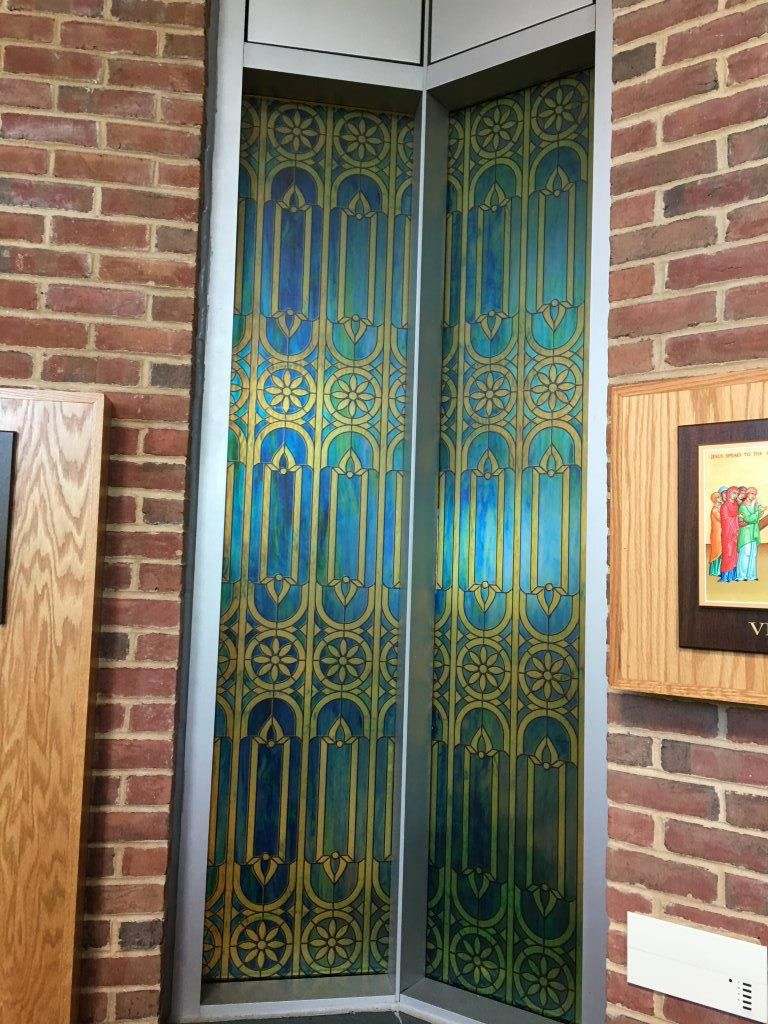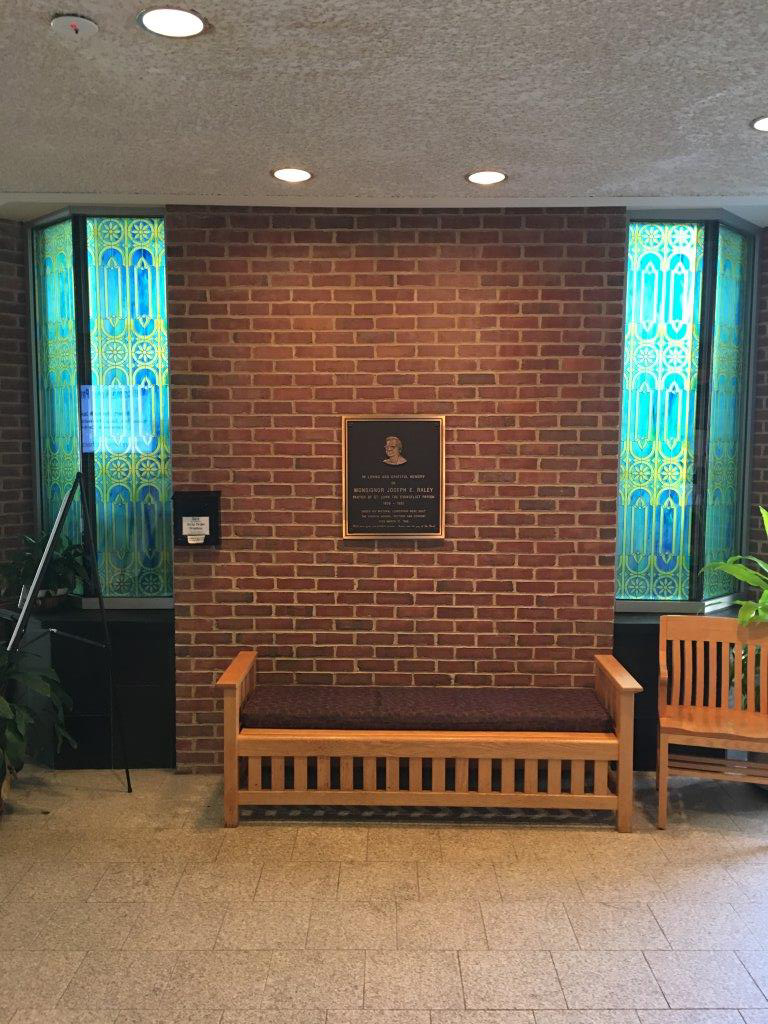Between the 5th and 15th centuries - the span of 1,000 years also known as the middle ages - the use of stained glass began. Originally used in churches, mosques and castles - places of significance - stained glass was used to adorn a space. Stained glass is both an art and craft - requiring artistic skill to develop a practical design, the engineering competency to assemble the window and then ultimately construct it into its intended space. Like windows today, stained glass windows needed to be snug to keep out the elements, support its own weight but also allow light to come through. The overall design can range from biblical narratives, academic themes, floral themes - the options are many. Whichever the case, creating stained glass is a tedious process:
Processing the colored/stained glass
Stained glass manufacturers mix the raw materials, alkaline fluxes and stabilizing agents in huge mixers. Afterwards, the mix is melted at 2,500 degrees Fahrenheit. The ingredients must be carefully measured and weighed according to a precise formula. The molten glass is ladled into a machine that rolls it into 1/8” sheets which are then cooled, inspected, trimmed and packed.
Creating the window pattern
While tools have been improved over the years, stained-glass windows are still hand-crafted. An artist first creates a small-scale version of the final design. Once approved, the artist/specialist takes the measurements of the actual window opening and creates a properly fully scaled pattern. After the pattern is completed, a full-sized black and white drawing is made to create the outline that will serve as a template.
Cutting and painting
Once colored, the glass is selected from the inventory. The pattern is placed on the designated color and then cut with a diamond wheel into the shape of the outline created in the previous step.
Glazing and leading
The next step in the process is glazing which involves the outline drawing being spread out as narrow strips of wood, called laths, is set along two edges of the drawing to form a right angle. Strips of grooved lead are then placed next to the laths - ready to accept the pieces of glass.
Finishing
Finally, the joints created by the leading are soldered on both sides and then the entire window is waterproofed.
Or….
Obviously ‘going old school’ is time consuming and cost prohibitive given today’s current “need it now” environment. The team at The Film Room is experienced with all types of window film installations. Recently, we installed these stained-glass window films to St. John Evangelist church in Severna Park:


You don’t have to live in a church to make a dramatic impact to your space with a stained glass look. With the many options for decorative film available today, we can work with you to transform and inspire your customers, family, friends and colleagues. Call us today!




